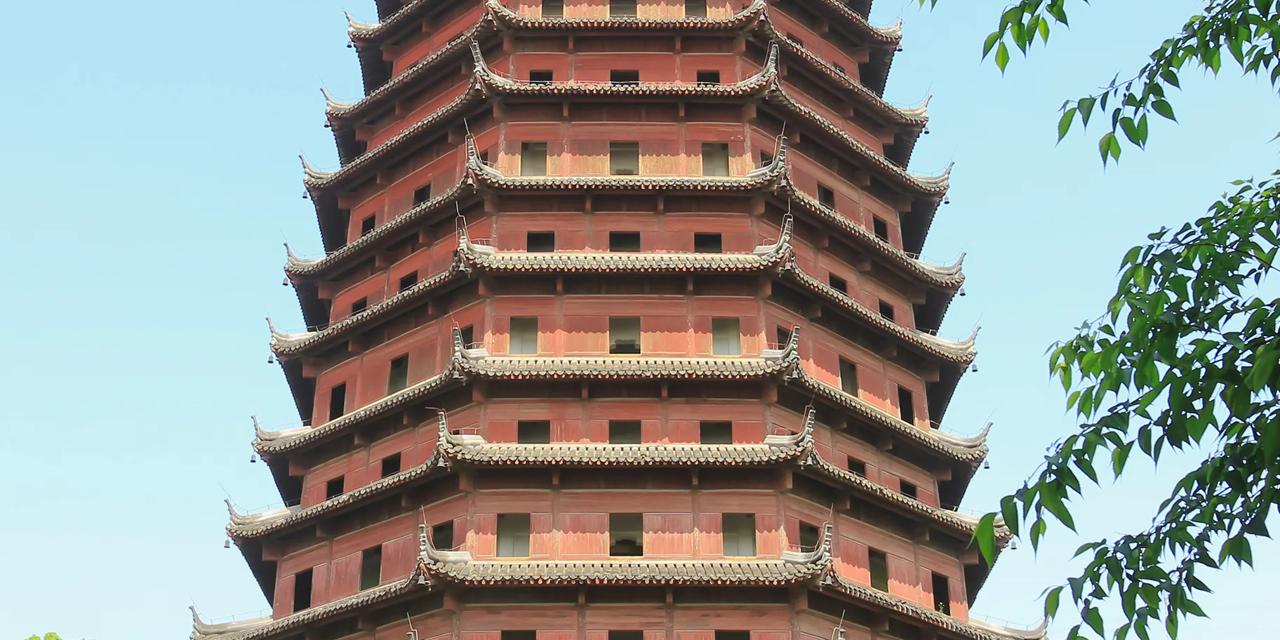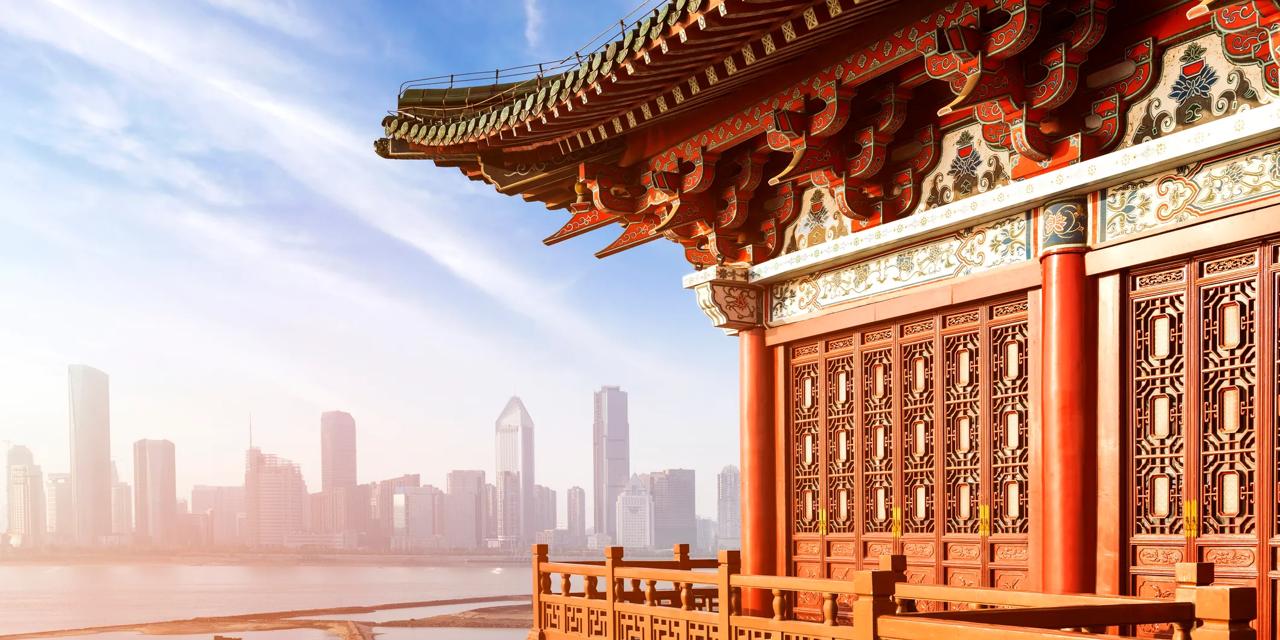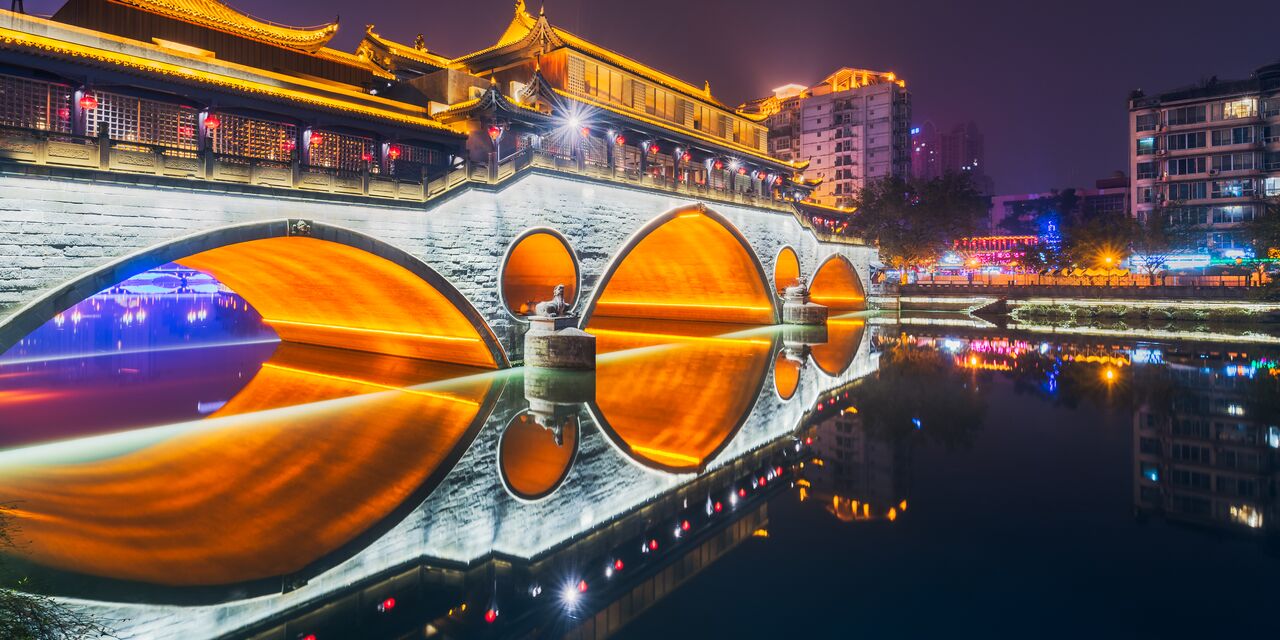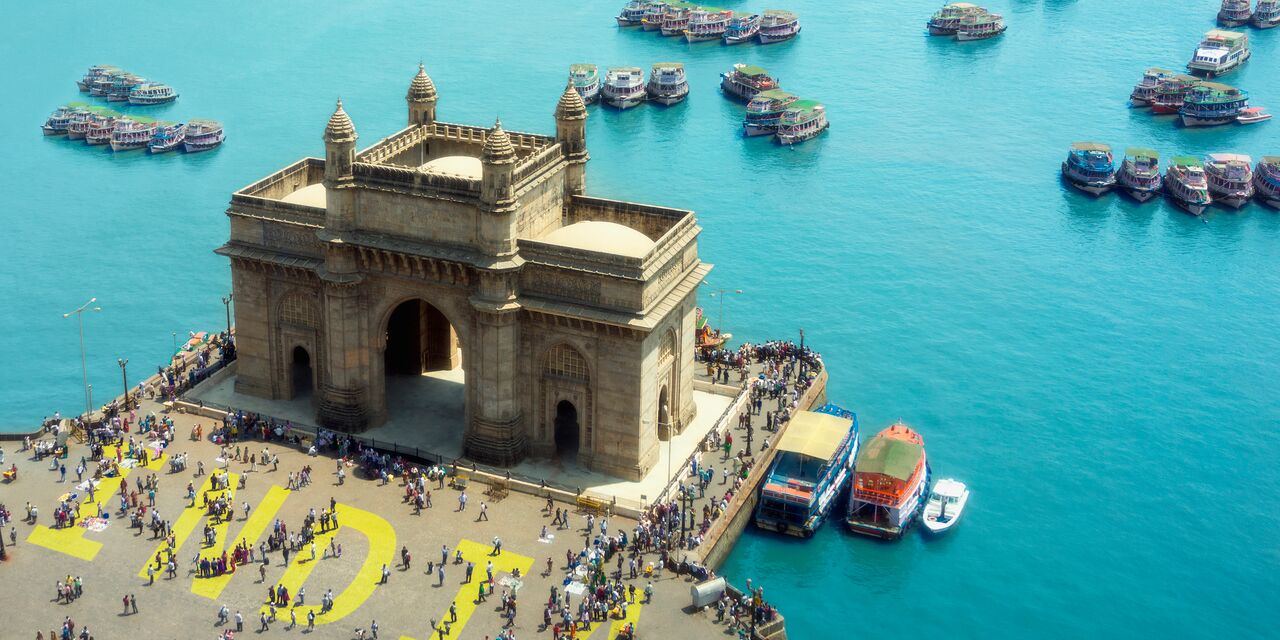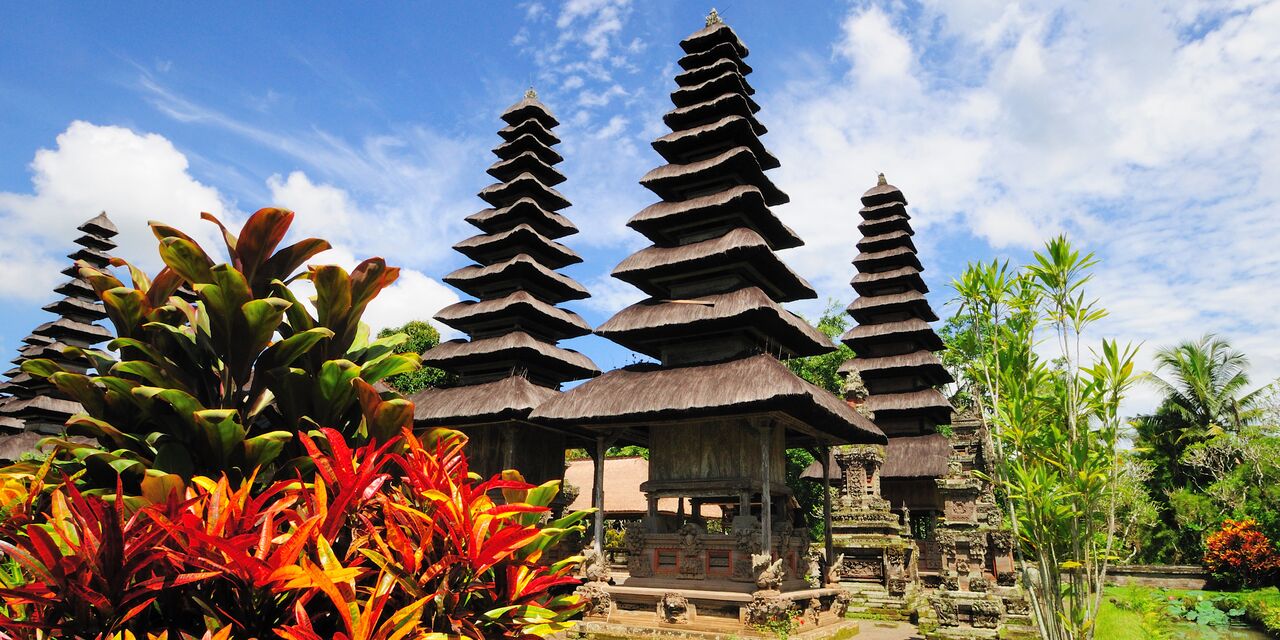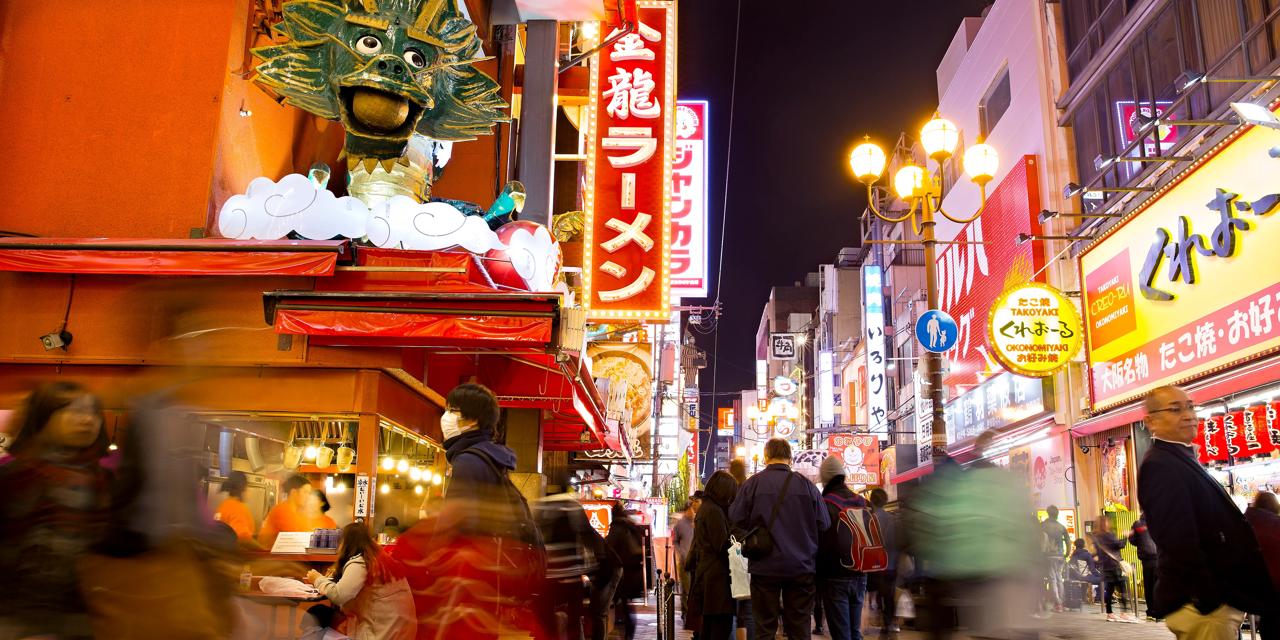A turbulent beginning
Liuhe comes from the 6 Buddhist decrees: harmonies of the heaven, earth, east, west, north and south. At the end of the 10th century, the ruler of the Wuyue Kingdom ordered the construction of the pagoda, which immediately accrued various functions. In addition to serving as a religious structure, it was used as a lighthouse as well as a flood defence against the tidal waters of the river. At the beginning of the 12th century the original structure was destroyed during a battle. A few decades later however a new pagoda arose, and except for some minor adjustments the structure was an exact copy of the original.

An impressive phenomenon
If you climb to the top floor of the pagoda when the tide comes in, you may witness a unique natural spectacle: the tidal wave. Nowhere in the world is this phenomenon as extreme as here. This is caused by the funnel-shaped mouth of the Qiantang River, which concentrates the rising flood into a wall of water that is pushed upstream. The pagoda was built to appease the much feared waves, but at spring tide the raging waters can still rise up to 9 metres.

